Laser engravers are increasingly preferred by consumers for their fine and beautiful marking effects and high work efficiency. Nowadays, many laser engravers are used to make photos, such as metal pendants, woodcuts, wooden photo frames, and so on. Although there is no problem with printing photos with a laser engraving machine, this directly affects the marking effect if the photos are not properly processed.
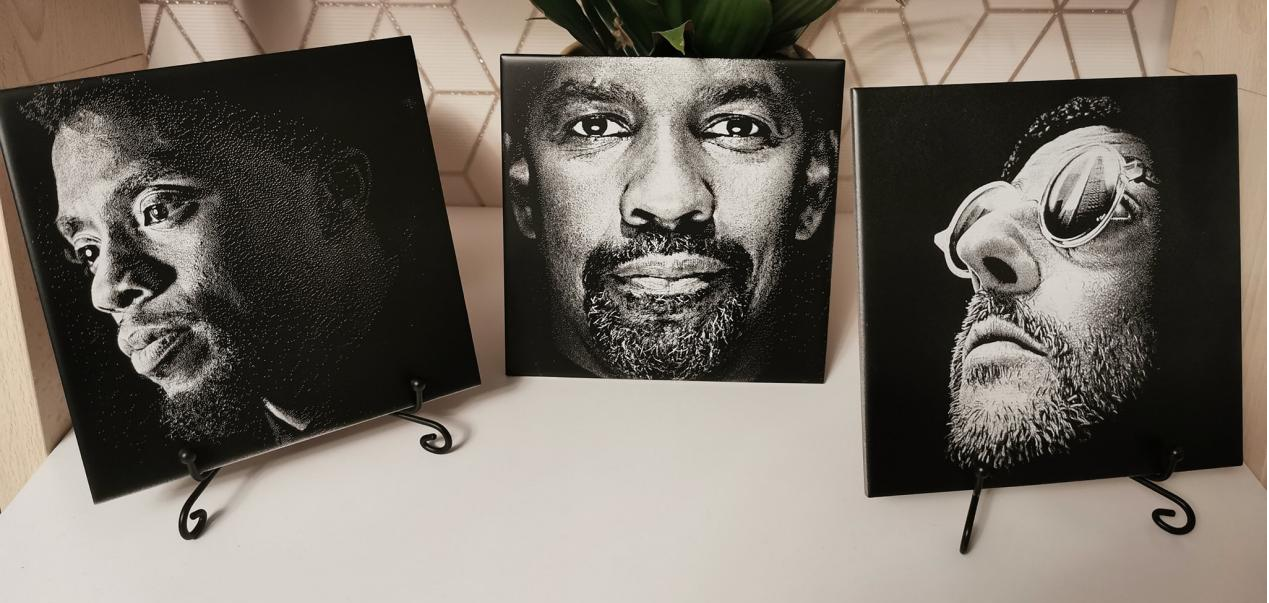
Laser engraving has many advantages in photo processing:
Preservation: With the advent of smartphones, you can capture every moment easily and save it securely—laser engraving is also a very safe option to preserve your valuable moments. Laser-engraved photos can last for years or even generations! Plus, you don’t have to worry about framing.
Detail and Diversity: Laser engraving allows for the creation of artworks that preserve the level of detail in the original photo due to its precision. With this clarity, expanding your portfolio is as easy as buying a laser engraver. You can also duplicate the same photo onto different materials.
Gift: Besides keeping your photos safe, laser engraving looks really cool. This, coupled with the ability to use it for decorative or functional items like jewelry, bookends, and plaques, gives you endless possibilities to enhance your beautiful memories.
Minimally Invasive: Laser engraving can be done without direct contact with hard materials like stainless steel, which is a significant advantage. This helps maintain the original quality and physical integrity of the material compared to hand engraving.
Versatility: If a laser engraver is only minimally calibrated, you can create many different high-quality and aesthetically pleasing designs, from very simple to intricately complex.
Economical: Since laser engravers last longer and require less maintenance than other engravers, it is economically advantageous to use them.
Mass Production: Since the laser engraving process is automated, mass production can be easily carried out if desired.
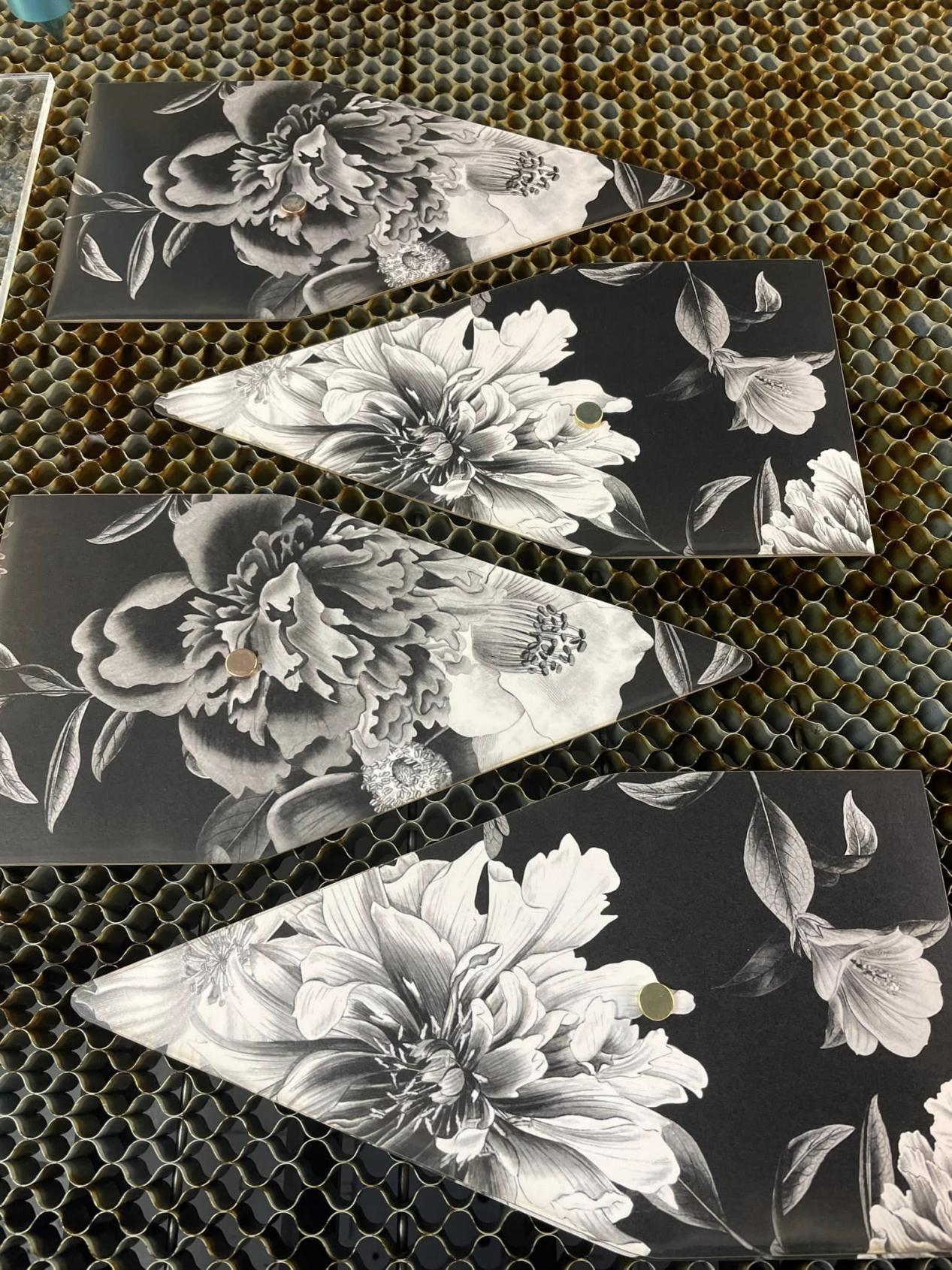
What type of materials can I also process with a laser etching and engraving machine? Our laser machines can handle a variety of material applications. We have compiled a short list of things that our customers regularly see when designing, etching, and engraving photos:
Natural Materials: Cork, plywood, particleboard, solid wood (or lumber), and natural wood.
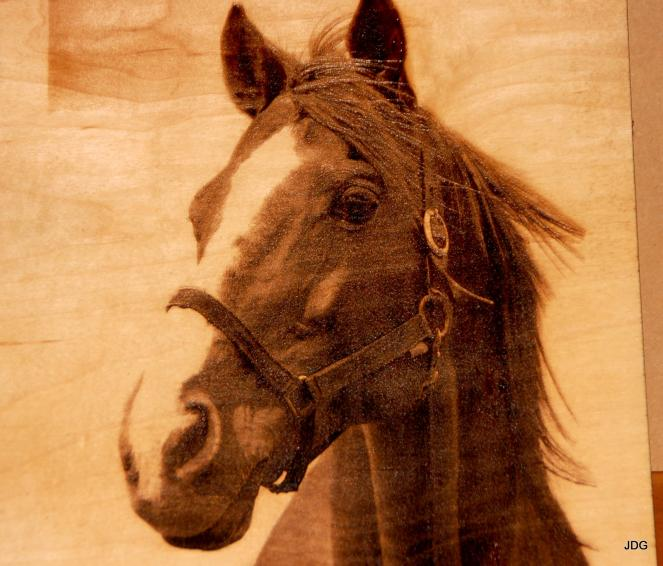
Plastics: Acrylic and other casting resins, polyamide, acetals, and polyethylene.
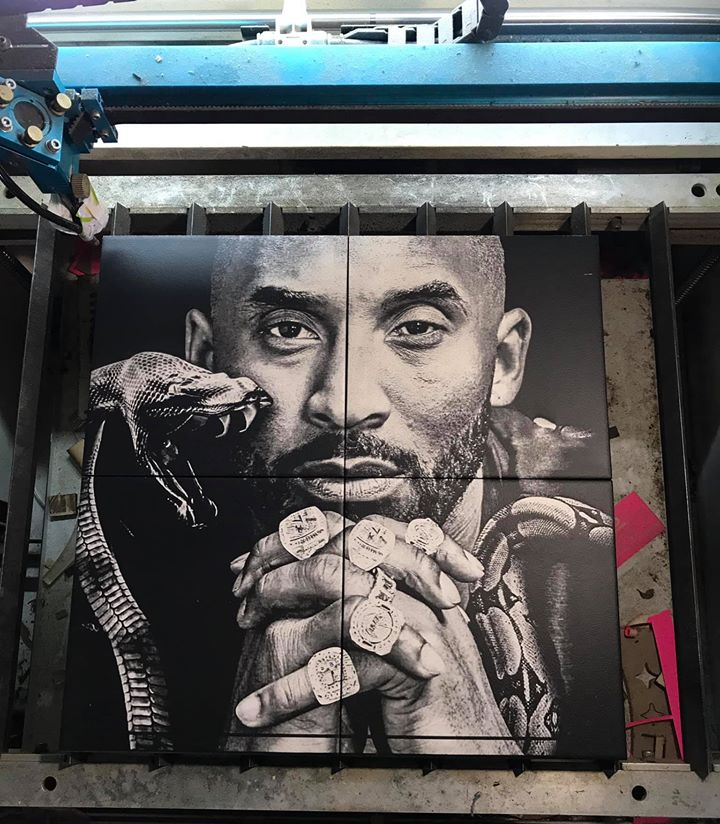
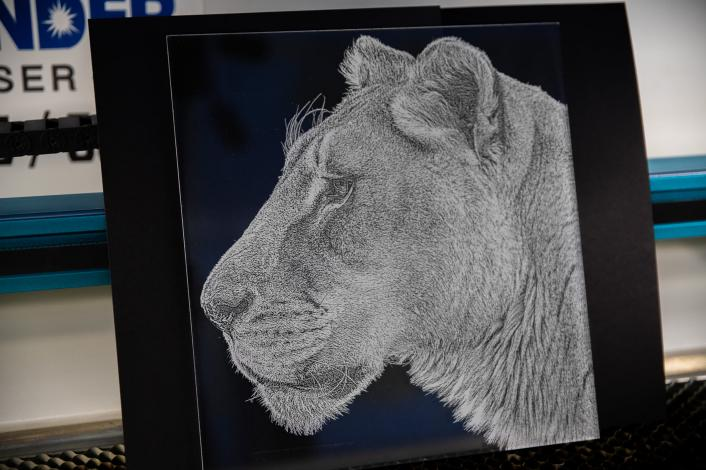
Metals and Coated Metals: Steel, brass, aluminum, titanium, stainless steel, and tungsten.
Stone and Glass: Mirror products, glass, crystal.
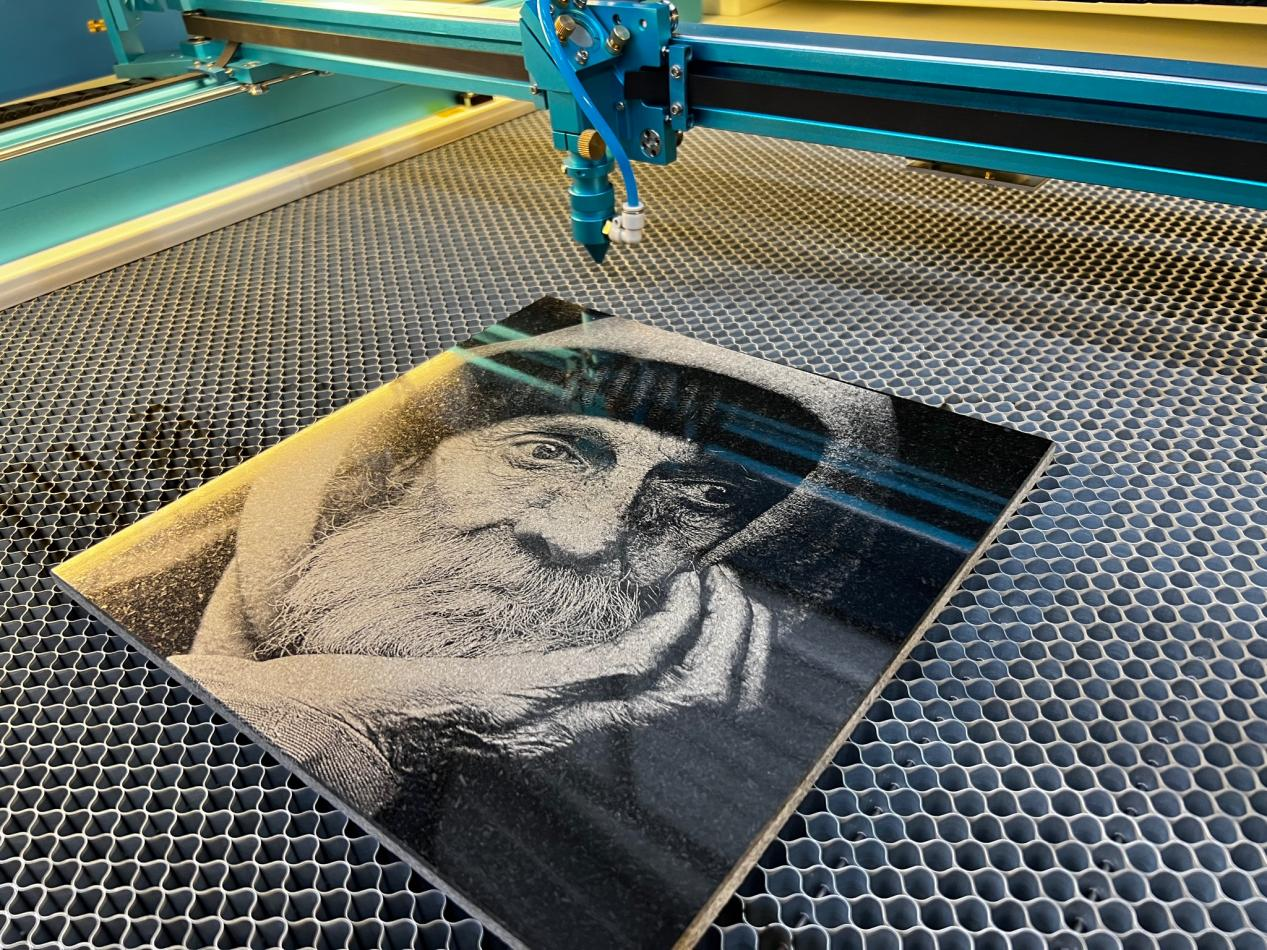
Fabric and Leather: Nubuck (calf or cowhide leather), synthetic or suede leather.
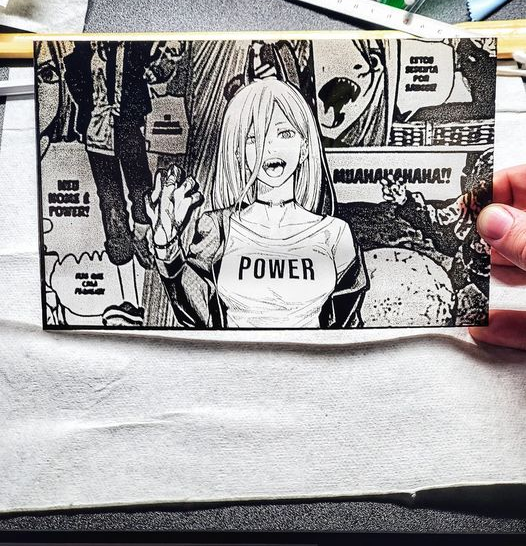
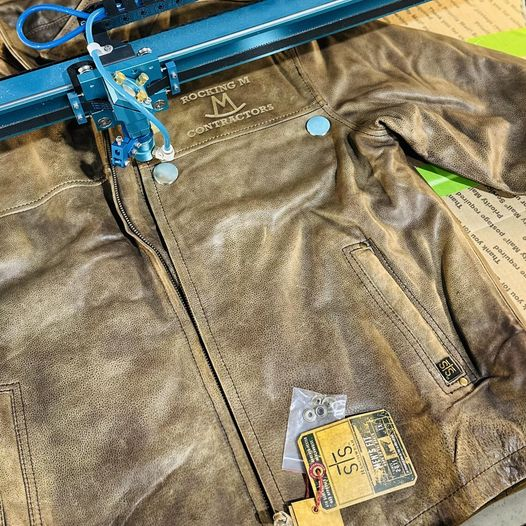
In addition to the material to be etched, image preparation is also important. Your image size should match your material, the DPI setting should match what your laser can (or looks best) process, and prepare it for the laser. Here are some basic steps for image printing with a laser engraving machine:
1.Crop your photo.
It is highly recommended to crop the subject photo and remove the background before triggering the laser. Photos need to be displayed in a simplified indexed color scheme and then converted to grayscale. This means instructing the computer to display your photo with a smaller color list to avoid colors that do not transition smoothly into each other. (Using fewer colors means easier conversion to grayscale.)
2.Convert your photo.
You need to convert the photo to the BMP file format. Certain options, such as Adobe Photoshop or Paint in Windows, allow you to save in this file format.
3.Laser engraving
Once your photos have been successfully converted, you need to send the file to a laser engraver or use Lightburn.
4.Post-processing
The engraving result depends on the engraving parameter settings, photo quality, and most importantly, the material. You may need to do some post-processing after successfully engraving your photo. This may involve sanding, painting (if using wood), or wiping the product with a damp sponge to remove soot and dust.
References for laser engraving photo parameters, speed power, and airflow setting:

